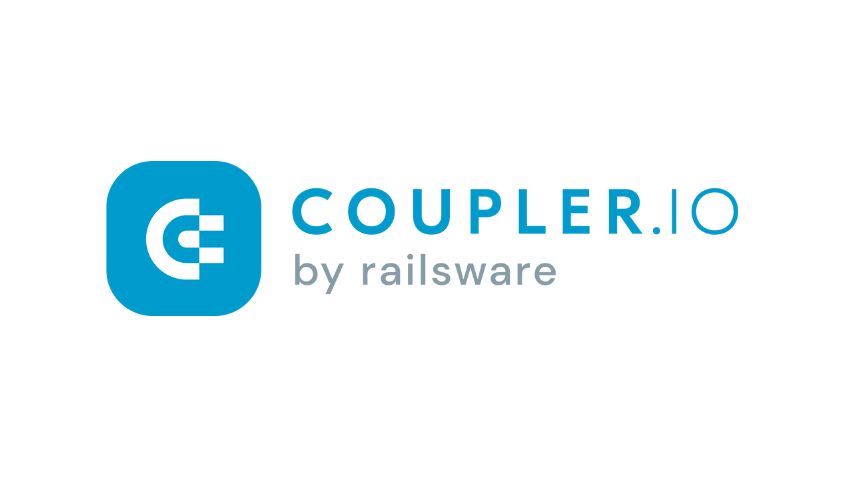A common complaint that increases brain aging, unless treated.
High blood pressure, at any age or for any duration, accelerates brain aging, a study finds.
People with high blood pressure are at greater risk of memory problems and difficulties concentrating and talking fluently.
Around half of all Americans have high blood pressure, which is simply treated with a combination of lifestyle changes and medication.
The cut-off for high blood pressure is around 120 to 130 mmHg (this is the top number on the reading).
Sometimes this range is known as ‘prehypertension’, but the study still found this level damaging to cognitive skills over time.
High blood pressure is problematic for young and old, explained Professor Sandhi M. Barreto, study co-author:
“We initially anticipated that the negative effects of hypertension on cognitive function would be more critical when hypertension started at a younger age, however, our results show similar accelerated cognitive performance decline whether hypertension started in middle age or at older ages.
We also found that effectively treating high blood pressure at any age in adulthood could reduce or prevent this acceleration.
Collectively, the findings suggest hypertension needs to be prevented, diagnosed and effectively treated in adults of any age to preserve cognitive function.”
The conclusions come from an analyses of over 7,000 people in Brazil who were tracked for almost four years.
The results showed that people’s cognitive skills declined if their blood pressure was over 121 mmHg and they did not take medication.
People with uncontrolled hypertension showed the worst declines in thinking skills.
Professor Barreto said:
“In addition to other proven benefits of blood pressure control, our results highlight the importance of diagnosing and controlling hypertension in patients of any age to prevent or slow down cognitive decline.
Our results also reinforce the need to maintain lower blood pressure levels throughout life, since even prehypertension levels were associated with cognitive decline.”
The study was published in the journal Hypertension (Teles De Menezes et al., 2020).





















